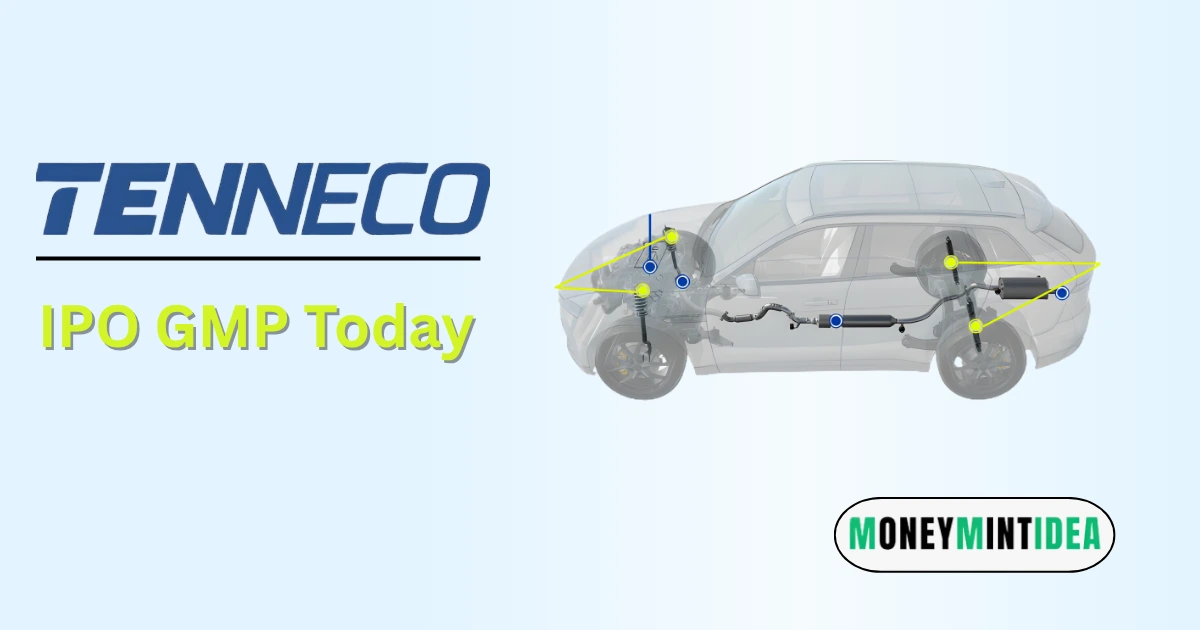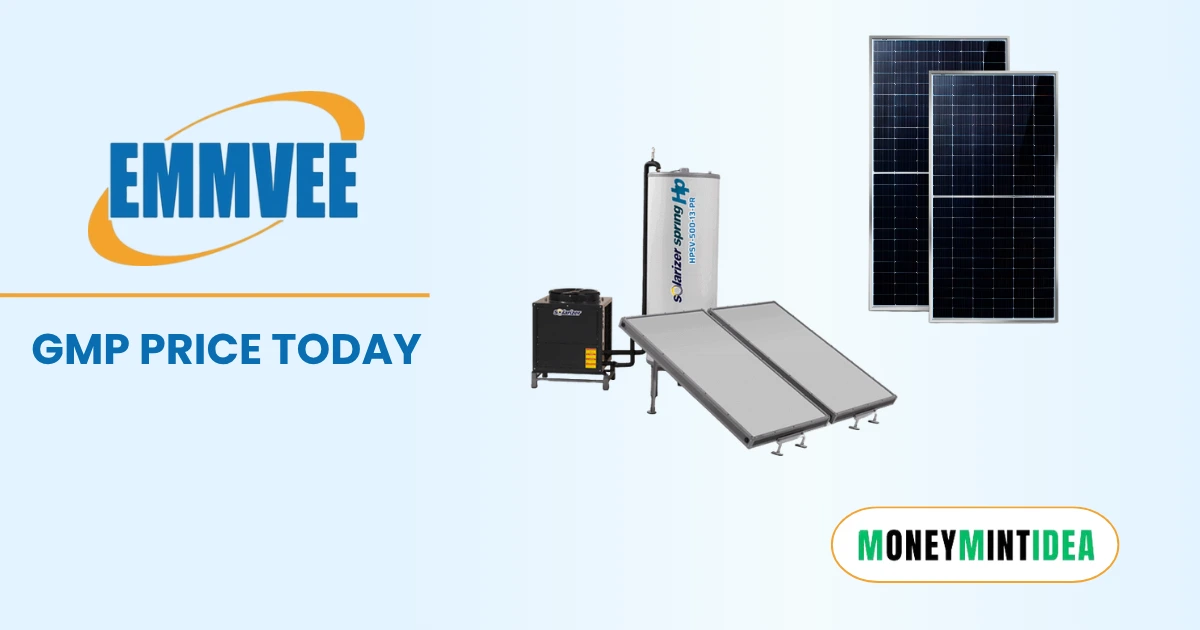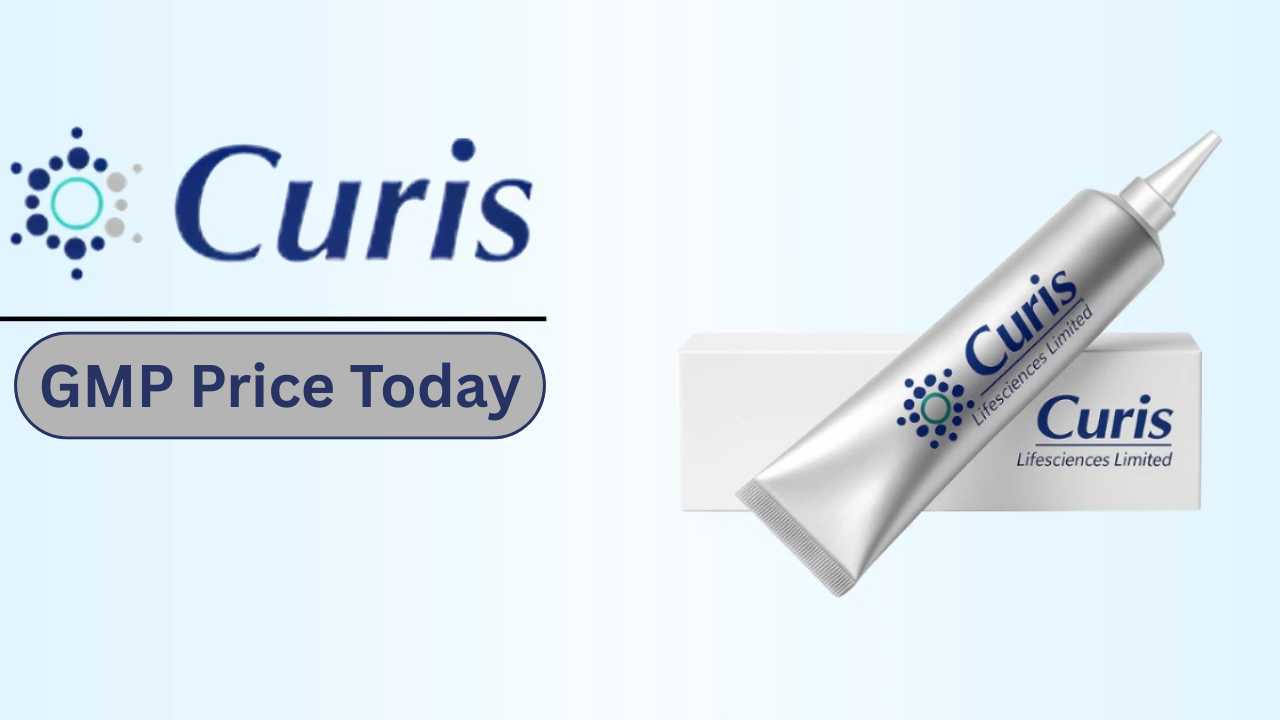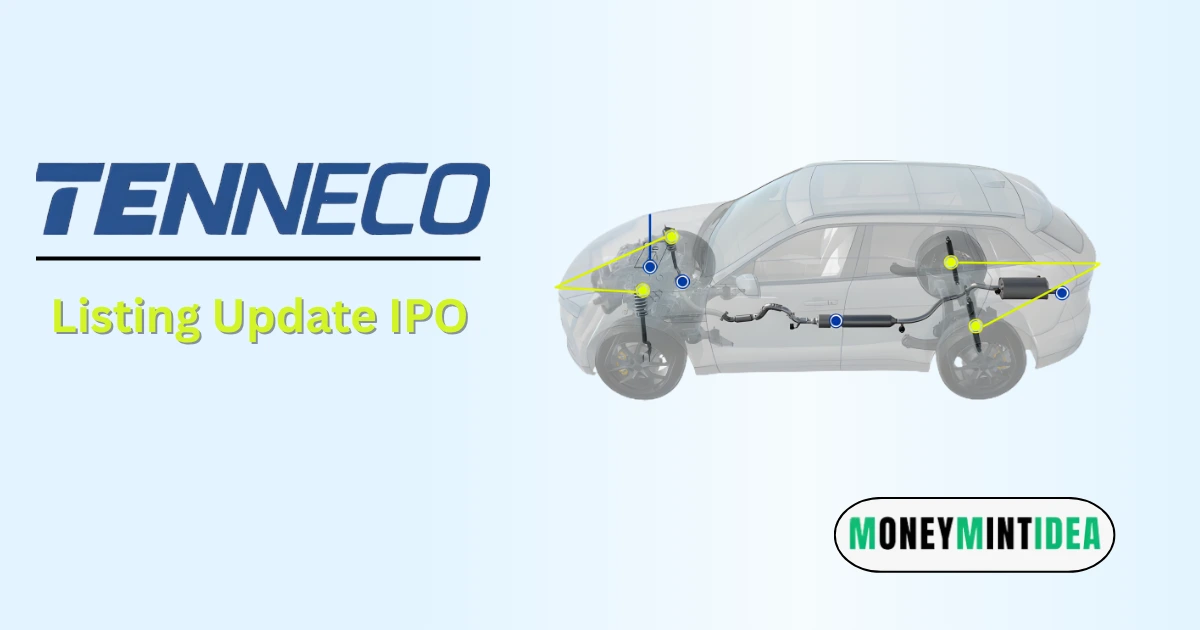CHAPTER 7: NET ASSET VALUE, TOTAL EXPENSE RATIO & PRICING OF UNITS
In Order to Ensure Such Fair Treatment to all Investors, SEBI has Laid Down Certain Fair Valuation Principles.
| Principle | Content |
|---|---|
| Principle No.1 | The valuation of investments shall be based on the principles of fair valuation i.e., valuation shall be reflective of the realizable value of the securities/assets. |
| Principle No.2 | Investment in new type of securities/assets by the MF Scheme shall be made only after establishment of the valuation methodologies for such securities with the approval of the Board of the AMC. |
| Principle No.3 | The assets held by the mutual funds shall be consistently valued according to the policies and procedures. |
| Principle No.4 | The AMC provide for the periodic review of the valuation policies and procedures to ensure the appropriateness and accuracy of the methodologies used and its effective implementation in valuing the securities/assets. |
| Principle No.5 | The valuation policies and procedures approved by the Board of AMC - should seek to address conflict of interest. |
| Principle No.6 | shall be disclosed in Statement of Additional Information, website of AMC and other place as approved by Board. |
| Principles No.7 | The responsibility of true and fairness of valuation and correct NAV shall be of the AMC, irrespective of disclosure of the approved valuation policies and procedures. |
| Principles No.8 | The AMC shall have policies and procedures to detect and prevent incorrect valuation. |
| Principles No.9 | Documentation of rationale for valuation including inter scheme transfers shall be maintained and preserved by the AMC. |
| Principles No.10 | To have fairness in the valuation of debt and money market securities, the AMC shall take in to consideration prices of trades of same security or similar security reported at all available public platform. |
Valuation-
NAV of the scheme will depend upon the value of the portfolio, which in turn, depends upon the value of the securities held in it. The valuation of these securities to determine the NAV has to be done as per guidelines laid down by SEBI and AMFI.
1. Traded Securities other than money market and debt securities:
The securities shall be valued at the last quoted closing price on the stock exchange.
When the securities are traded on more than one RSE, the securities shall be valued at the last quoted closing price on the SE where the security is principally traded. It is on the AMC to select the appropriate SE but the reasons for the selection should be recorded in writing.
2. Non-traded Securities’ other than money market and debt securities:
When a security is not traded on any SE for a period of 30 days prior to the valuation date, the script must be treated as a ‘non-traded’ scrip.
Non-traded securities shall be valued “in-good faith” by the AMC on the basis of appropriate valuation methods based on the principles approved by the Board of the AMC.
3. Value of Gold: the gold held by a gold exchange traded fund scheme shall be valued at the AM fixing price of London Bullion Market Association (LBMA) in US dollars per troy ounce for gold having a fineness of 965.0 parts per thousand.
4. Value of Silver: The silver held by a silver exchange traded fund scheme shall be valued at the AM fixing price of LBMA in US dollars per troy ounce for silver having a fineness of 999.0 parts per thousand.
Computation of Net Assets of Mutual Funds Scheme & NAV
| Particulars | Amount (Rs. Crore) |
|---|---|
| Unit Capital (20 crore units of Rs 10 each) | 200 |
| Profits (Rs 8 crore (interest and dividend received) minus Rs 4 crore (expense paid) minus Rs 1 crore (expenses payable) | 3 |
| Capital Appreciation on Investments held (10 percent of Rs 140 crore) | 14 |
| Unit-holders' Funds in the Scheme | 217 |
| Expenses payable | 1 |
| Scheme Liabilities | 218 |
| Assets | |
| Market value of Investments (Rs 140 crore + 10 percent) | 154 |
| Bank Deposits (Rs 60 crore (original) plus Rs 8 crore (interest and dividend received) minus Rs 4 crore (expenses paid)} | 64 |
| Scheme Assets | 218 |
1. NET ASSETS OF THE SCEME
Eg: Investors have bought 20 crore units of a mutual fund scheme at Rs. 10 each. The scheme has thus mobilized 20 crore units X Rs. 10 per unit i.e., Rs 200 crore. An amount of Rs. 140 crores, invested in equities, has appreciated by 10 percent. The balance amount of Rs 60 crore was placed in bank deposits. Interest and dividend received by the scheme is Rs 8 crore, scheme expenses paid is Rs 4 crore, While a Further Expense of Rs. 1 Crore is Payable.
Net Asset Value:
Unit-holders’ Funds in the Scheme (Net Assets) + No. of outstanding Units
In the above example, it can be calculated as: Rs 217 crore + 20 crore i.e., Rs 10.85 per unit.
Alternate formula: (Total Assets minus Liabilities other than to Unit holders) + No. of outstanding Units.
MARK TO MARKET: The process of valuing each security in the investment portfolio of the scheme at its current market value is called ‘mark to market i.e., marking the securities to their market value.
The NAV is meant to reflect the true worth of each unit of the scheme because investors buy or sell units on the basis of the information contained in the NAV. If investments are not marked to market, then the investment portfolio will end up being valued at the cost at which each security was bought.
| Unit Capital | Rs. 100000 |
|---|---|
| Face Value Per Unit | Rs. 10 |
| No. of Units issued (unit Capital / Face Value per unit | 10,000 Units (Rs. 1,00,000 / Rs. 10 per unit) |
| Net Assets of the Scheme | Rs 1,50,000 |
| Net Asset Value (Net Asset of the Scheme / No. of Units Issued) | Rs. 15 (Rs. 1,50,000 / 10,000) |
Valuation-
Case1: Assume an investor buys 100 Units when the NAV is Rs. 15 at FV of Rs. 10. Post the purchase, the numbers Will be:
| Particulars | Value | Calculation |
|---|---|---|
| Unit Capital | Rs 101000 | Rs. 100000 + (100*10) |
| No. of Outstanding Units Issued (unit Capital / Face Value Per unit) | 10100 Units | 101000/ 10 |
| Net Asset of the Scheme | Rs 151000 | Rs 150000 + ( 100*10) |
| Net Asset Value (Net Asset of the Scheme / No. of Units Issued) | 14.95 | 151000/10100 |
Case 2: An Investor Redeems 100 units When the NAV is Rs. 15 at FV of Rs.10. Post the Redemption, numbers Will be:
| Particulars | Value | Calculation |
|---|---|---|
| Unit Capital | Rs 99000 | Rs 100000 + (100*10) |
| No. of Outstanding Units Issued | 9900 Units | 99000/10 |
| Net Asset of the Scheme | Rs 14900 | Rs 150000 - (100*10) |
| Net Asset Value | Rs 15.95 | 149000/9900 |
- Issuing Fresh units at a price Lower than the NAV will Result in the Post issue NAV Coming Down for all Investor (Case 1).
- Redeeming units at price Lower than the NAV will Increase the NAV for the Remaining Investors (Case 2).
Total expenses in mutual fund scheme
Investment and Advisory Fees are charged to the scheme by the AMC. The details of such fees are fully disclosed in the Scheme Information Document.
Recurring Expenses: The AMC may charge the mutual fund scheme with recurring expenses some of which are:
Marketing and selling expenses including agents’ commission, if any
Brokerage and transaction cost
Registrar services for transfer of units sold or redeemed
Fees and expenses of trustees
Audit fees
Custodian fees
Costs related to investor communication
Any expense other than the investment advisory fee and recurring expenses shall be borne by the asset management company or trustee or sponsors.
In case of an index fund scheme or exchange traded fund, the total expense ratio of the scheme including the investment and advisory fees shall not exceed 1.00 per cent of the daily net assets.
In case of open-ended schemes other than as specified for fund-of-fund and index fund schemes, the total expense ratio of the scheme shall not exceed the following limits:

In Case of Close Ended and interval Schemes
- The TER of Equity-Oriented Scheme (s) Shall not Exceed 1.25 percent of the Daily net Assets of the Scheme.
- The TER of Schemes other than Scheme Specified Above Shall Not Exceed 1.00 Percent of the Daily Net Assets the Scheme.
Dividends and Distributable Reserves
SEBI guidelines stipulate those dividends can be paid out of distributable reserves. In the calculation of distributable reserves:
All the profits earned (based on the accrual of income and expenses as detailed above) are treated as available for distribution.
Valuation gains are ignored. But valuation losses need to be adjusted against the profits.
That portion of the sale price on new units, which is attributable to valuation gains, is not available as a distributable reserve.
This conservative approach to calculating distributable reserves ensures that dividend is paid out of real and realized profits, after providing for all possible losses.
The trustees shall decide the quantum of dividend and the record date. With respect to dividends up to monthly frequency the trustees can delegate to the officials of the AMC to declare and fix the record date as well as the quantum of dividend. This would have to be ratified by the trustees in the immediately following Board meeting.
CONCEPT OF ENTRY AND EXIT LOAD AND ITS IMPACT ON NAV
Open-ended schemes is the ongoing facility to acquire new units from the scheme or sell units back to the scheme (re-purchase transaction).
Schemes are permitted to keep the re-purchase Price lower than the NAV. The difference between the NAV and re-purchase Price is called the “exit load”. If the NAV of a scheme is Rs 11. per unit, and exit load of 1% was charged, the re-purchase Price would be Rs. 111% on Rs. 11 i.e., Rs. 10.89.
SEBI has banned entry load. So, the Sale Price is same as the NAV.
While charging exit loads, no distinction will be made among unitholders on the basis of the amount of subscription.
No exit load will be charged on bonus units and units allotted on reinvestment of dividend.
Exit loads have to be credited back to the scheme immediately i.e.. they are not available for the AMC to bear selling expenses.
Upfront commission to distributors will WISDO distributors will be paid by the investor directly to the distributor, based on his assessment of various factors including the service rendered by the distributor.

CHAPTER 1: Investment Landscape
CHAPTER 2 : Concept And Role Of A Mutual Fund
Chapter 3: Legal Structure Of Mutual Funds In India
Chapter 4: Legal And Regulatory Framework
Chapter 5: Scheme Related Information
Chapter 6: Fund Distribution & Channel Management Practices
Chapter 7: Net Asset Value, Total Expense Ratio & Pricing Of Units
Chapter 10 : Risk, Return And Performance Of Funds
































1 thought on “Chapter 7: Net Asset Value, Total Expense Ratio & Pricing Of Units”